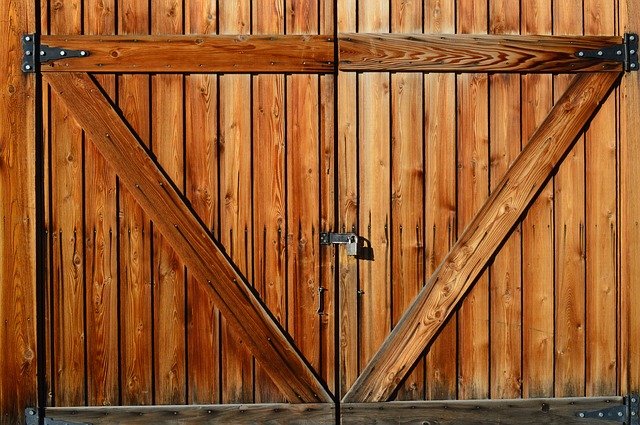Introduction: Why Build a Shed?
A lot of people use sheds for many different purposes. They can be used as storage units, workshops, garages, and more. This article lists the most popular uses of sheds.
For instance, some people use them to store garden tools or outdoor furniture away from the elements of the weather. For others, it is a place to relax and enjoy nature while taking in the fresh air. Some even use them to grow vegetables in their backyard because of their high ceilings and ample floor space.
In conclusion, sheds are versatile buildings that can fulfill various needs for just about anyone who has one in their backyard.
Key Points To Consider During Shed Design
In this article, we have compiled a list of key points that designers should keep in mind when designing a shed so that it could perform well in terms of durability and weather resistance. Some of these key points include:
- Budget: Costs will vary depending on what material you decide to use and how elaborate your shed is designed.
- Size matters: Consider the size and dimensions of your shed. If you have a lot of space, consider building a large shed with lots of windows and skylights to allow natural light in and create an elegant space with lots of ventilation.
- Selecting the right material: Your shed is going to be exposed to harsh weather conditions so you need materials that can withstand all sorts of weather conditions.
5 Common Mistakes in Shed Design that Take Time & Money Out of Your Pocket
The common mistakes in shed design is a topic that has been discussed for years. Some of the common mistakes in shed design include: not having a plan before you start building your shed, not understanding the weather conditions, not taking care of the roof, and setting up poorly.
In order to avoid these common mistakes, make sure to have a plan before you start building your own design. Also, make sure to take into account the weather conditions when designing your own shed. Finally, do a quality check on everything before you build it.
Here are five mistakes that you might not expect in shed design.
- Ignoring the size of the garden – Sheds can be used to store all kinds of items including lawn furniture, tools, garden equipment, etc., but it is important to check the size of your garden before designing your shed.
- Using too many colors in one room – Sheds come in every color and pattern imaginable, but make sure you stay within your budget by sticking to one color scheme in the space.
- Choosing a shed that is too big or small – Although sheds can vary greatly in size, it’s important to ensure that you’re not choosing something too large for your outdoor space or something too small for all the items you need to store.
- Not using enough texture on the exterior.
How to Get Started Building Your Own DIY Shed
Building your own DIY shed is easier than you might think. You can find all of the materials you need on sites like Amazon or eBay.
The first thing to do is to decide what size you need. If your backyard is small, then a small shed will fit right in it. If your backyard is big, then building a large shed will be necessary. If you need to build a commercial shed, there’s no point in doing it yourself since it requires huge machinery and equipment.
Once you have decided on the size, the next step would be to select the style that you want for your DIY home addition. There are various styles available for different aesthetics and price points. You can find a DIY shed kit, which will include all the tools you need to build it from start to finish, or piece together all of your supplies from various sources.

